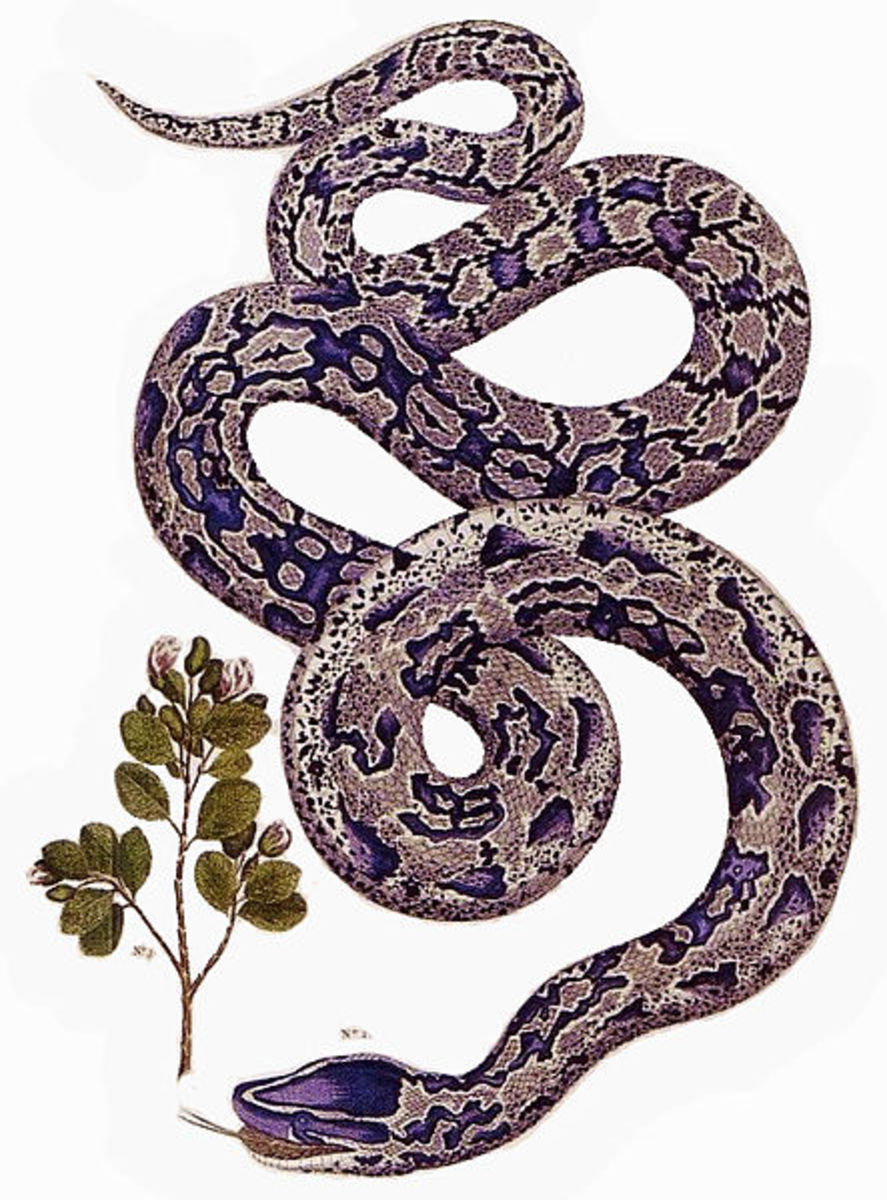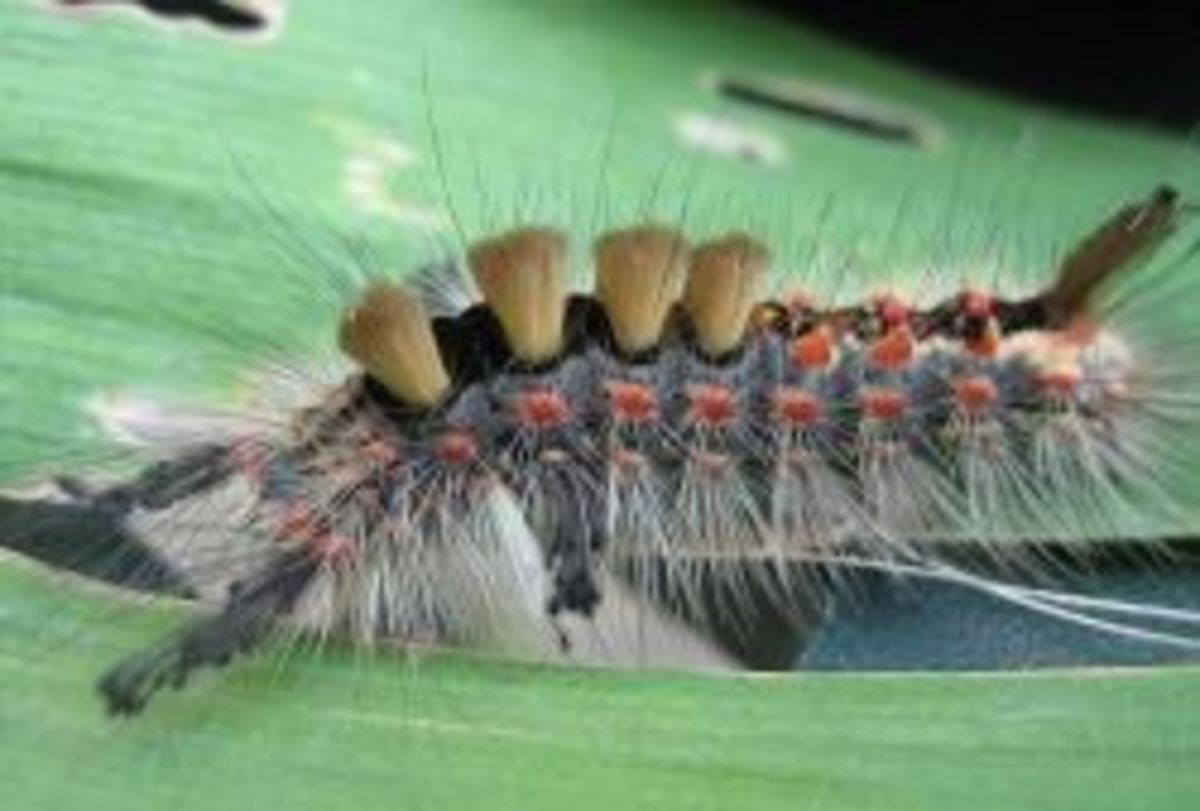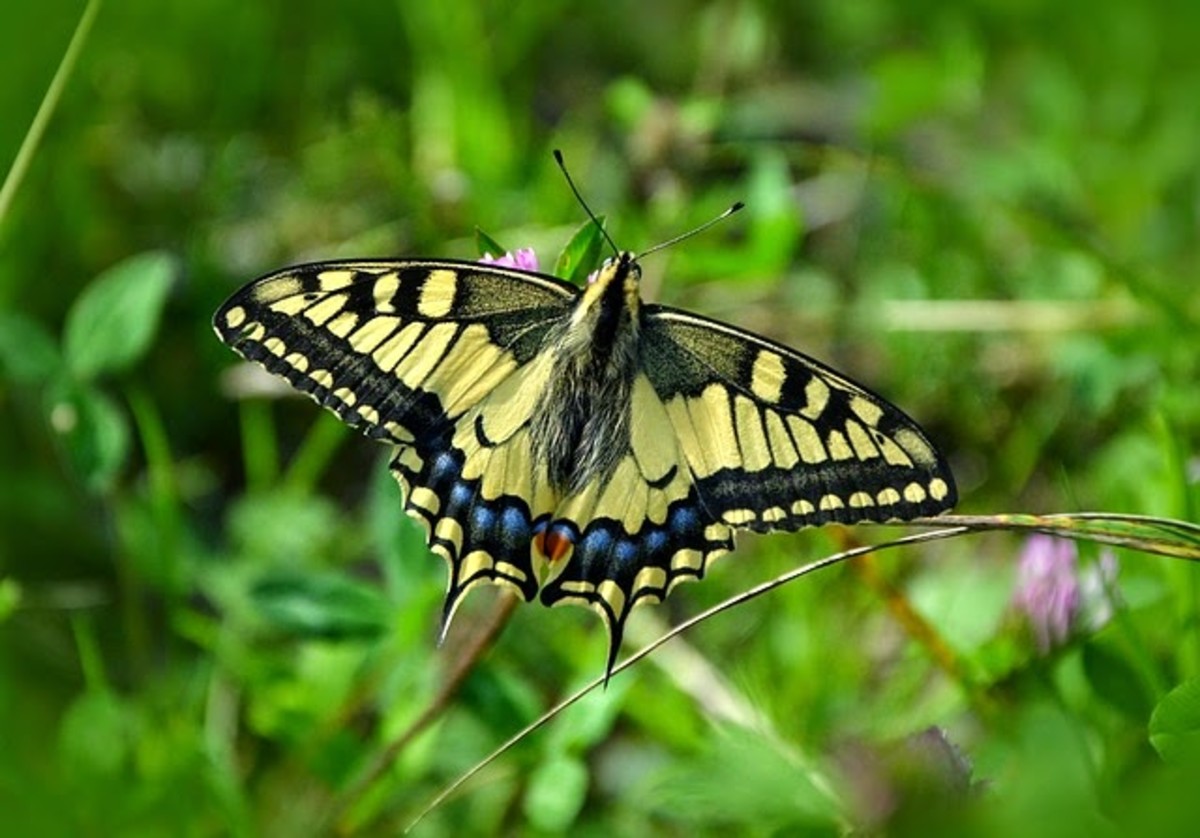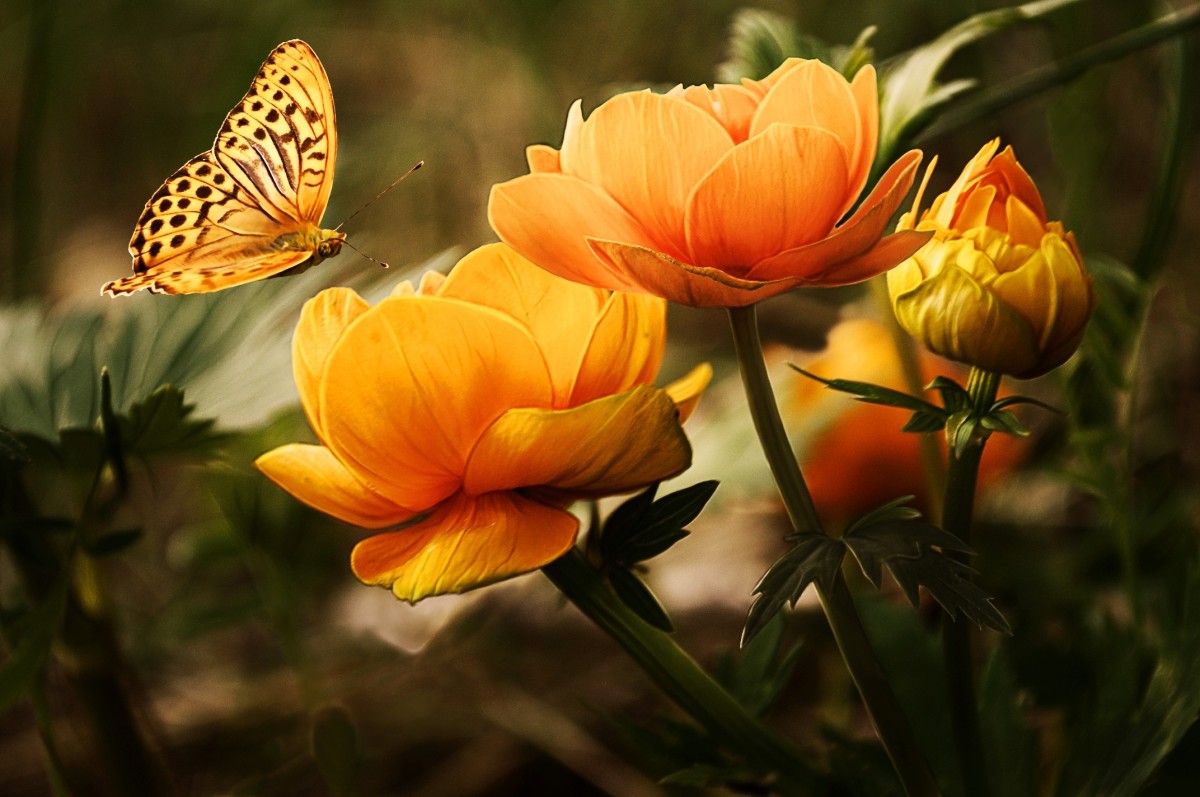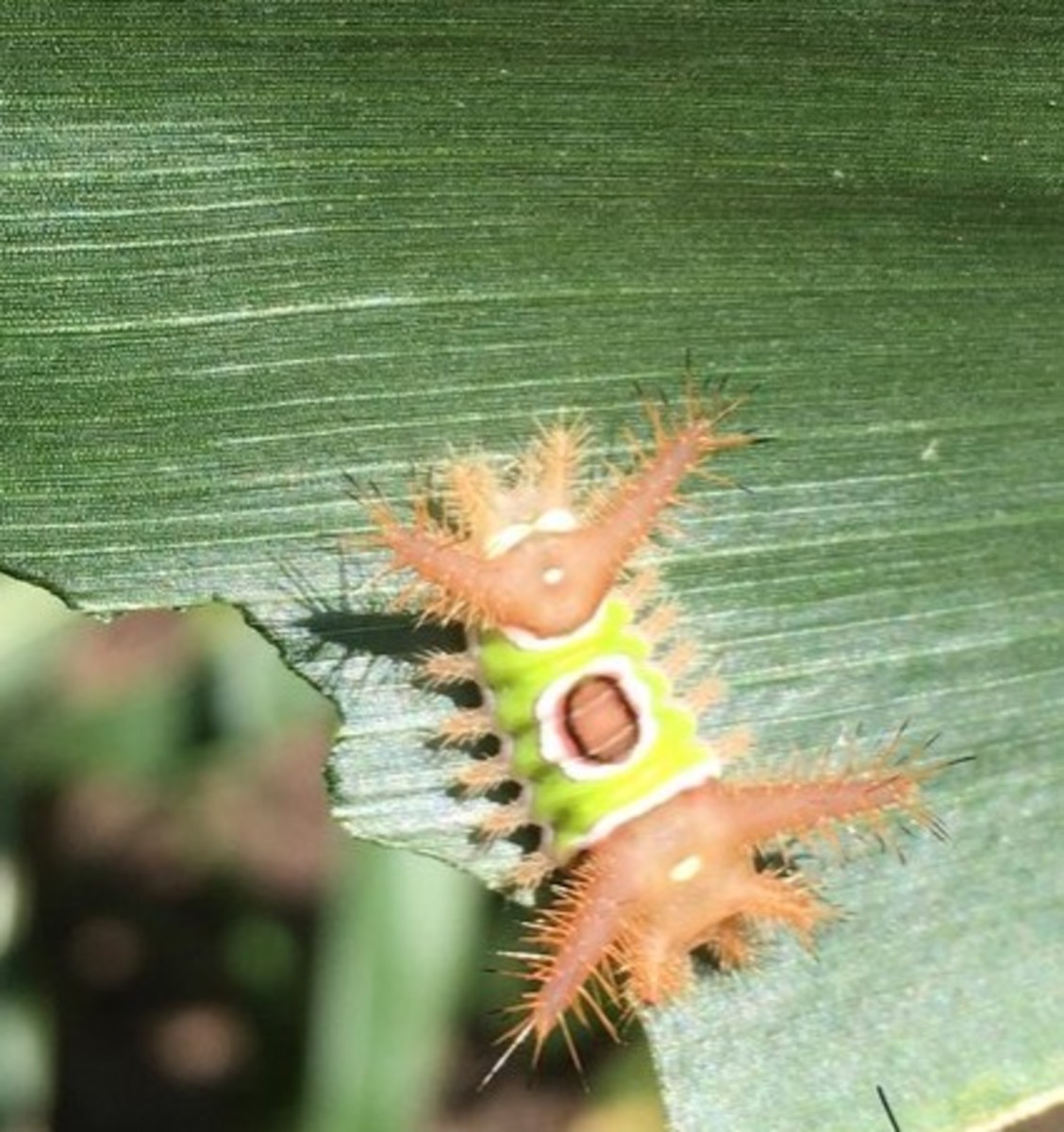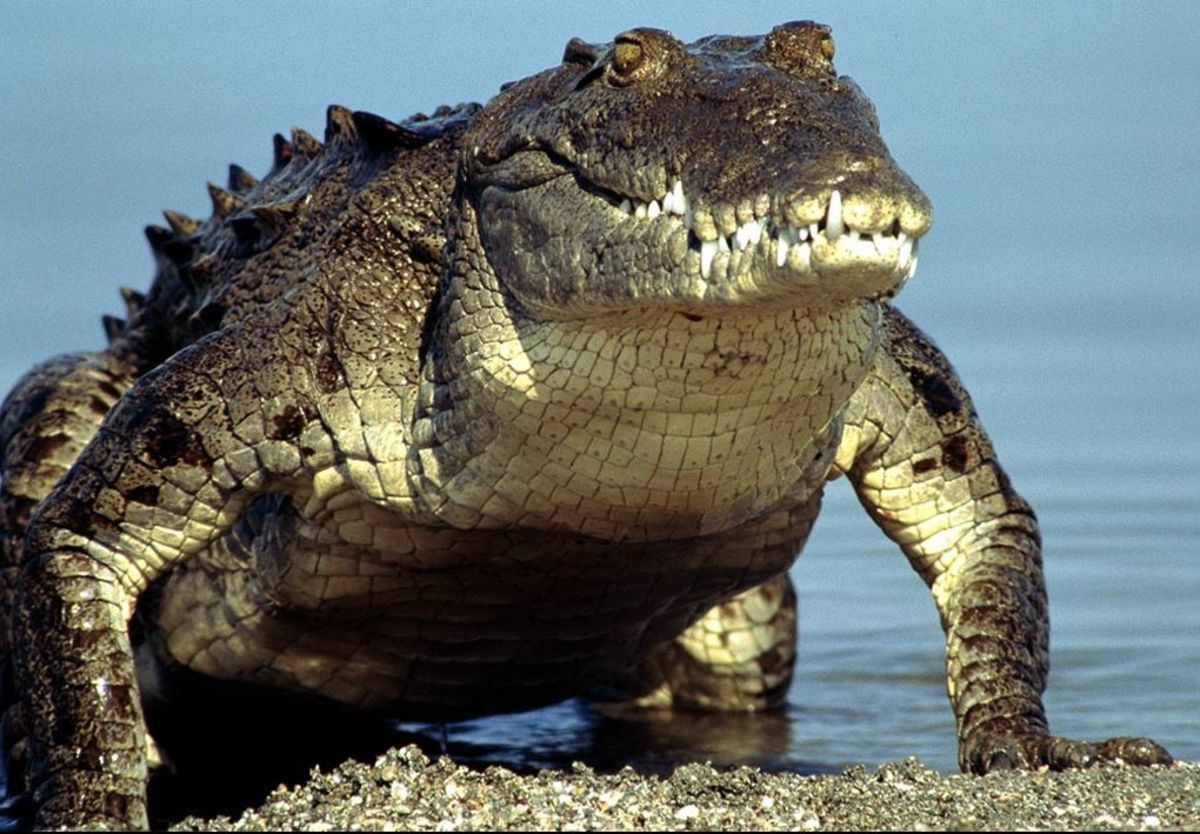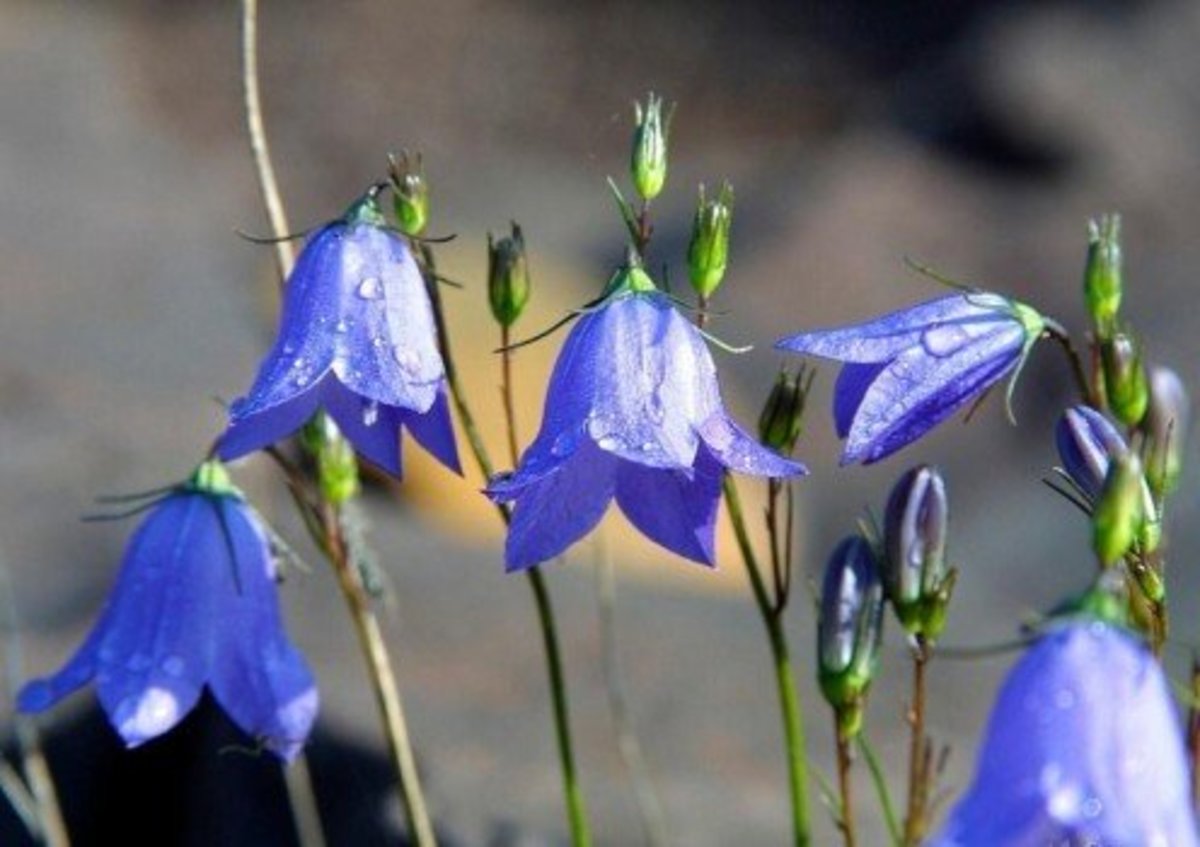The South European Pine Processionary Caterpillar
Otherwise known as thaumetopoea pityocampa or Procesionaria del Pino in Spanish, the Pine Processionary Caterpillar is one to look out for if you are ever in the Southern European/North African region in late winter, early spring.
Despite it's cute appearance, this little caterpillar is dangerous to you and extremely dangerous to your pet.
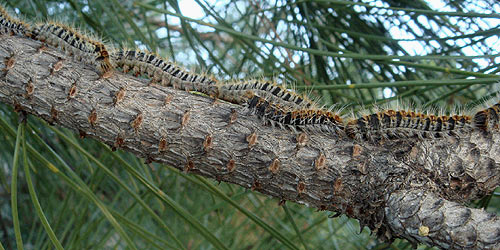
The body of the processionary caterpillar is covered with fine barbed hairs which they can release at any time, as a defence mechanism when disturbed, and most people suffer an allergic reaction to them that can range from extremely itchy blistered skin to anaphylactic shock.
In almost all cases, medical treatment will be required. The itch is especially itchy and painful and lasts typically for three weeks.
If these hairs get into your eyes it can cause blindness, especially in a child or animal.
It is not unknown for dogs to have their tongues amputated after getting stung elsewhere on their body then licking the affected area.
If the dog survived the attack at all, that is.

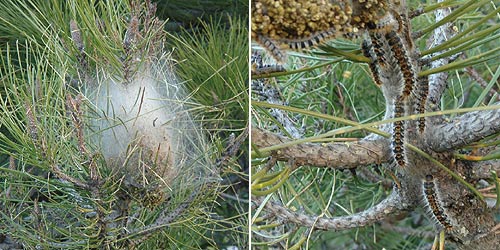
These caterpillars normally leave their nests in pine trees to forage for food at night before returning home to sleep during the day, literally stripping their host tree of leaves (needles) and sap. Coming out only at night deprives the birds and wasps of a good feed.
They are called processionary because they form a procession, with the head of one attaching itself to the rear of the one in front to form a long line, or procession.
It is in January/February you see their nests hanging on pine trees like big cotton wool balls and it is up to the local authority to clear these nests, by removing and burning them while the workers wear protective clothing.
It is not advisable to take them down and burn them yourself, because of the danger of airborne hairs which can be fatal if inhaled.
They can be destroyed by cold, but it has to fall below minus 16C to be of effect, and the temperature seldom falls this low.
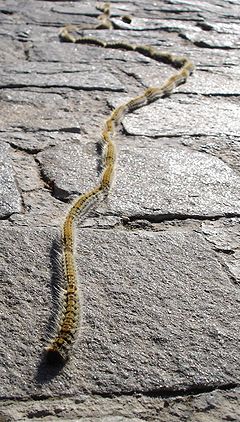
These caterpillars are rarely seen at this stage until they are ready to leave the nest and turn into pupae, the next stage in their life cycle.
Now they leave the host tree, and go off, in a procession of course, to look for soft sandy soil where they can bury themselves until they are ready to emerge as adult moths in the summer.
It is while looking for their new home that they are at their most dangerous to human and animals.
They can be mistaken for a snake as you can see from this photograph here.
I did hear of one man, a British expat who strangely had not heard of these creatures, who was driving up a mountain road one day when he spotted a procession crossing in front of him. Being a kind-hearted fellow, he didn't want to run them over and so stopped and manually assisted them to the other side of the road. I believe he was nearly a month in hospital!
Me, I'd have stopped only so I could reverse over them again!
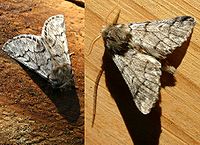
When they become pupae in their underground hole, they survive on the food they have eaten earlier in their life-cycle, until they emerge in the summer as fully fledged and completely harmless if unspectacular moths that only come out at night.
Then the daddy moth mates with the mummy moth and she goes off into the pine trees to lay her eggs, normally around 300 at a time, and the whole cycle begins again.
Is there a long-term solution for the pine processionary problem?
I personally would start by getting rid of all the pine trees; it's not as if they are useful for anything!
The authorities tend to spray the affected areas with insecticides from helicopters once a year, but this has the undesired effect of killing many other insects that are necessary for a balanced ecology, as well as small birds which feed off the insects.
This approach could best explain why every year here there seems to be an imbalance of nature's creatures. Some years there are thousands of earwigs. Other years it's wasps. Yet other years it's snails or the little wriggly grey things that smell when you stand on them (I don't know what they are). Left to nature, there should be no sudden rise in the populations of any insects or small creatures.
There has been some attempts to control the processionary caterpillars by laying pheromone traps to disrupt the mating season, but at the same time there has been a policy to plant yet more pine trees!
And so the cycle continues...
Thanks go to the following sites for invaluable information provided
- Pine Processionary - Wikipedia, the free encyclopedia
- The pine processionary caterpillar and its life cycle
Article on the Pine Processionary caterpillar's lifecycle and its dangers, including images. - Pine Processionary Caterpillar

